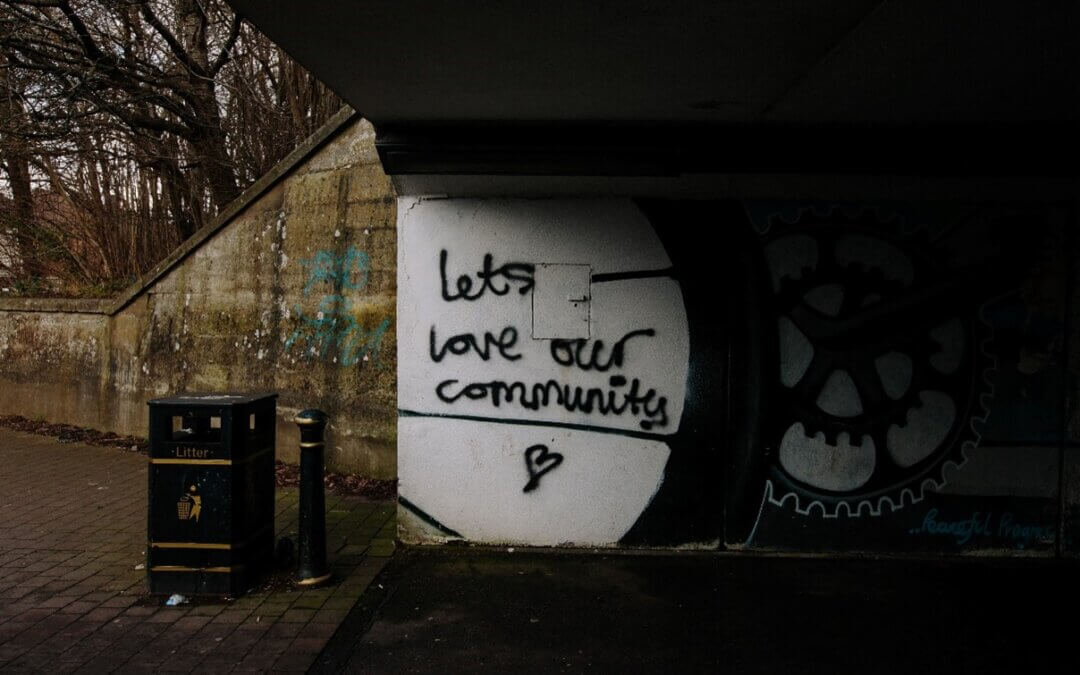Written by Suzanne Walker, Consultant Engineering – Mirragin
Community engagement can mean so many things – a letter drop, a survey, an open discussion. The premise ranges from informing the community about what is happening, to co-design. Community engagement in Australian transport projects is a legislated requirement, and there is a recent (ish) push from the community for involvement.
Now it is worth noting that community engagement is its own research area – best way to engage with people, when to engage with people, issues with current engagement practices. The importance of engaging with the community is undoubtable, and it needs to be an ongoing process throughout the project life from the very beginning.
Science communication is also its own field. It is important that we are communicating in a way that is being understood, because science and engineering aren’t always the easiest concepts, especially when you add in project constraints that impact what can realistically be done.
I am sure you have seen community backlash to an engineering project. Often this is due to not liking the proposed project, or not feeling heard.
Contrary to industry belief that they just don’t understand the benefits enough, a change is being forced on their environment and their power has been taken away. Proposed benefits don’t fix that feeling of loss of control.
I am sure we have all experienced disagreements where we felt unheard, and at least most have had emotions that we wanted to express without someone immediately providing a solution.
Community engagement doesn’t work as a tick box exercise to let the project continue – it is a conversation with the people the project is for, to understand. Are we actually listening? Are we actively listening? And are we listening to understand?
It cannot be expected for communities to grasp underlying engineering reasons informing decisions, and it cannot be expected for their alternative solutions to necessarily be appropriate – if it were, I would question how unqualified or inexperienced people could do an equivalent job.
Despite this, as a society we often communicate issues by proposing a solution we see as fixing that issue. This is true in industry – think to some project meetings, but it is also true of the broader community. We need to use these solutions, however impractical, to understand what the underlying issue is. Maybe we can’t change anything in the design, but we can show we empathise and explain the reasoning.
In a future article I will explore knowledge that the community holds that scientific data and studies don’t. But the value of community engagement shouldn’t be determined by what they can provide, but rather the realisation that we are doing this work for them.

Suzanne is an experienced engineer with a passion for problem solving, leadership, research informing best practice, and making a positive impact. She has a wide range of multidisciplinary experience, across traffic, rail, major road infrastructure projects, OEM manufacturing, STEM research, and project management. Suzanne started with Mirragin in January 2022 and is now working with drones, autonomous systems, and AI. Suzanne is also undertaking a PhD exploring how community knowledge can be implemented better in engineering projects to improve design outcomes.

